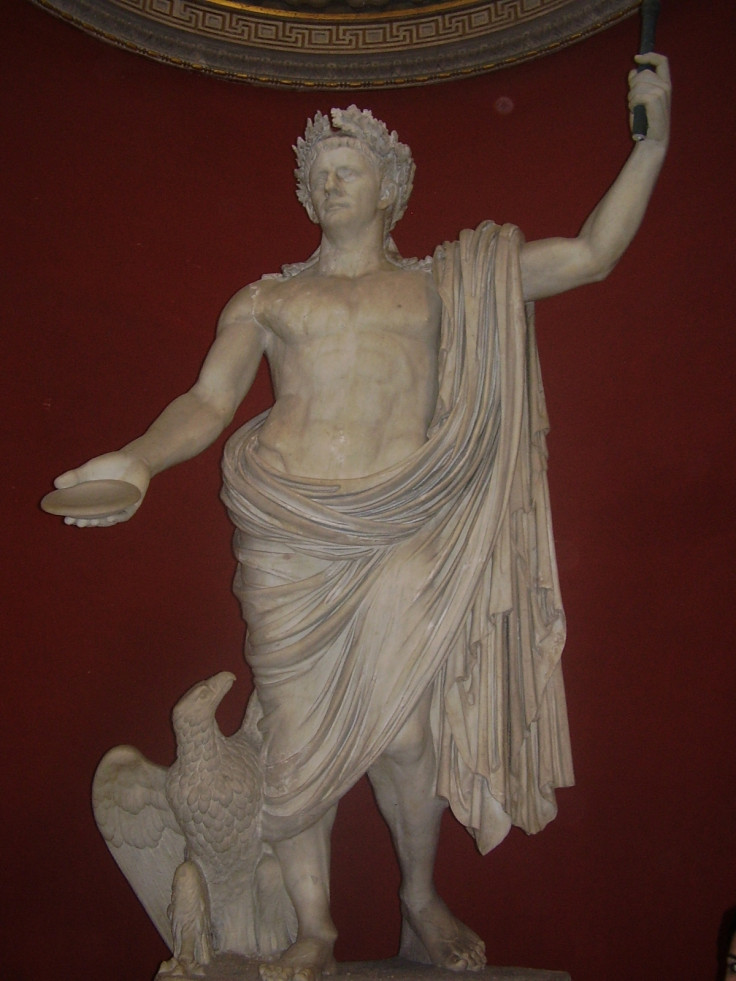Roman Emperor Claudius Dressed as Egyptian Pharaoh Found Carved on Ancient Stone

A team of European researchers has found an ancient stone that has the carvings of Roman emperor Claudius dressed as an Egyptian pharaoh.
The stone was discovered on the wall of the Temple of Isis at Shanhur, an Egyptian temple built during the Roman occupation (30 BC to 390 AD), located on the east bank of the Nile River, about 20km north of Luxor.
In the carving, Claudius, the Roman emperor from 41 to 54 AD, is wearing an elaborate crown such as the ones ancient Egyptian rulers used to wear, according to the finding published in the Journal of Egyptian Language and Archaeology (ZAS), Discovery News reported.
Archaeologists are of the opinion that such crowns were worn only in Egypt.
Moreover, Claudius' depiction on the carving indicates some ritual that may have taken place at the temple, though archaeologists say Claudius never visited Egypt.
The Roman emperor is shown raising a giant pole, which according to the hieroglyphs on the carving is the pole of the chapel of Min, the ancient Egyptian god of fertility.
The hieroglyphs mention a date suggesting the time the pole raising ritual took place.
The Egyptian hieroglyphs further describe Claudius as the "Son of Ra, Lord of the Crowns," and as the "King of Upper and Lower Egypt, Lord of the Two Lands."
In the hieroglyphs, Min, who is described as, "the one who brings into control the warhorses, whose fear is in the Two Lands," tells Claudius, "I give you the (southern) foreign lands."
According to archaeologists, the Temple of Isis originally had 36 scenes on each of its walls but this newly found pole-raising scene is one of the best preserved.
© Copyright IBTimes 2024. All rights reserved.






